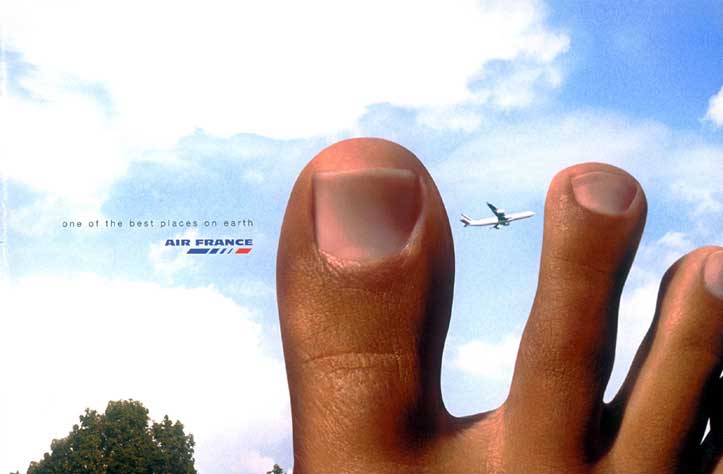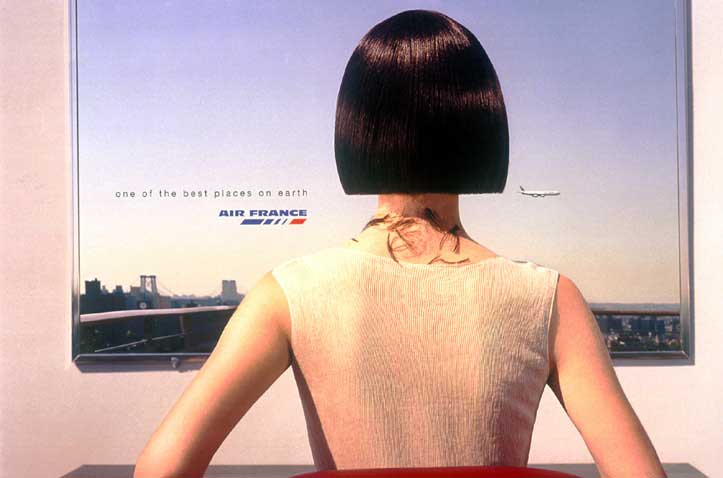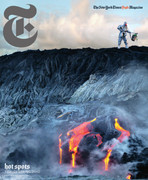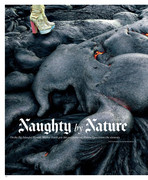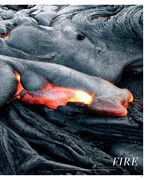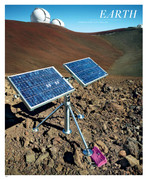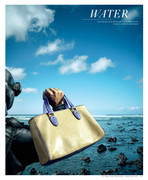ellastica
Well-Known Member
- Joined
- Jul 7, 2010
- Messages
- 3,499
- Reaction score
- 344
Still life photography & non-model focused fashion images seem to be an under-appreciated art.
So here’s where we can share & discover the striking images produced by fashion editorial and still life photographers. By channeling creativity and ingenuity combined with flair for drama & keen observation, they capture sublime elements of life which grace the pages of major publications every month. Other camera focuses such as Culinary, Flora and Fauna subjects will fall under 'product' imagery.
Still Life Photographers such as James Wojcik, Eric Haung, Toby McFarlan Pond, Steve Wisebauer, Ilan Rubin, Richard Pierce, Bill Steele, Greg Broom, Dan Forbes & Carlton Davis, (to name just a few), illustrate powerful fashion and cultural themes with a single, deceptively simple, solitary image.
And “ Cross-over” photographers such as Irving Penn, Raymond Meier, Richard Burbridge, I&V, Craig McDean etc not only entice us with high profile top-model editorials but also dazzle us with sublime compositions show-casing of the minute fashion accessories & beauty must-haves.
And since this is not a strictly magazine forum based thread images from books & online sources are welcome.
I want this to be an inclusive thread so please share your insights!
So here’s where we can share & discover the striking images produced by fashion editorial and still life photographers. By channeling creativity and ingenuity combined with flair for drama & keen observation, they capture sublime elements of life which grace the pages of major publications every month. Other camera focuses such as Culinary, Flora and Fauna subjects will fall under 'product' imagery.
Still Life Photographers such as James Wojcik, Eric Haung, Toby McFarlan Pond, Steve Wisebauer, Ilan Rubin, Richard Pierce, Bill Steele, Greg Broom, Dan Forbes & Carlton Davis, (to name just a few), illustrate powerful fashion and cultural themes with a single, deceptively simple, solitary image.
And “ Cross-over” photographers such as Irving Penn, Raymond Meier, Richard Burbridge, I&V, Craig McDean etc not only entice us with high profile top-model editorials but also dazzle us with sublime compositions show-casing of the minute fashion accessories & beauty must-haves.
And since this is not a strictly magazine forum based thread images from books & online sources are welcome.
I want this to be an inclusive thread so please share your insights!
Last edited by a moderator:


















